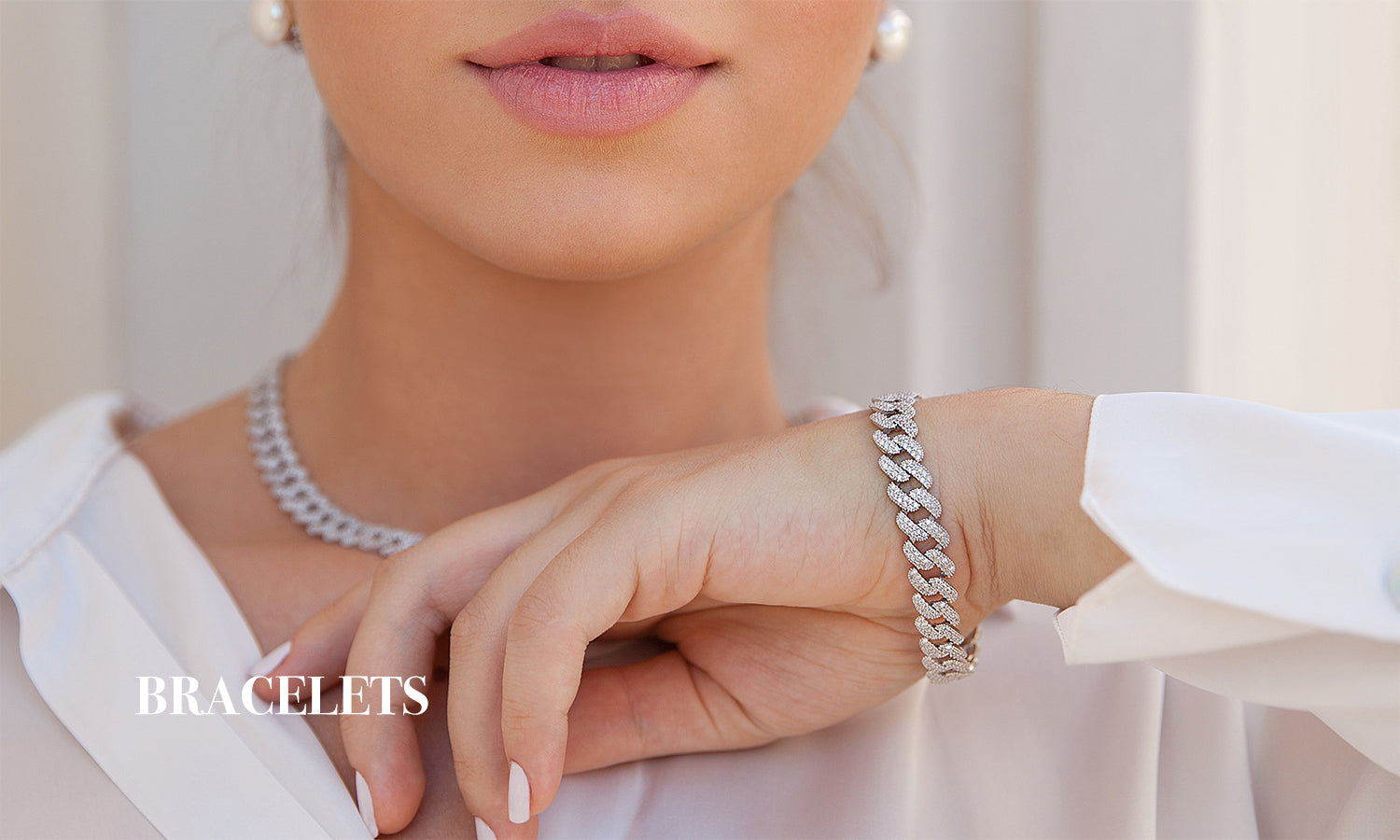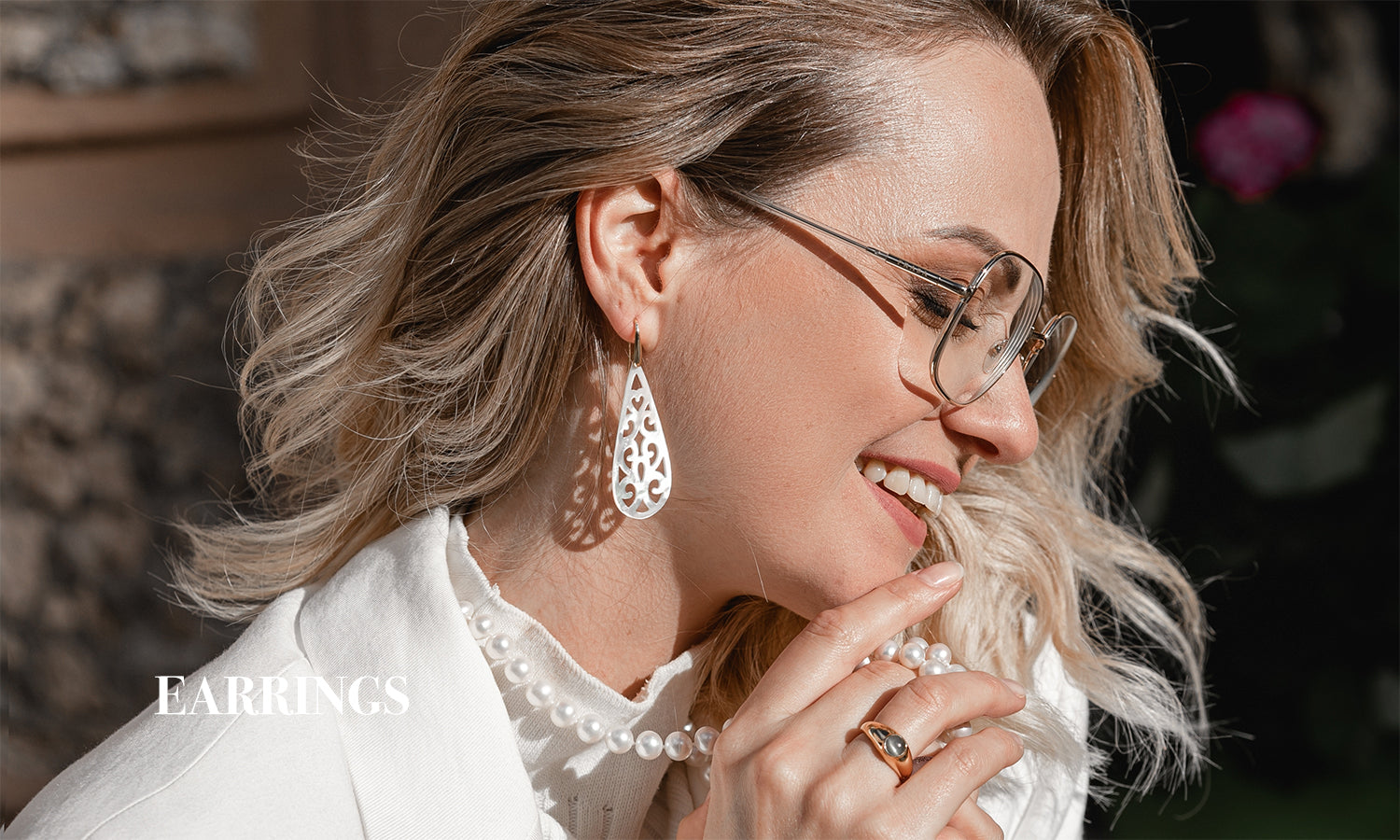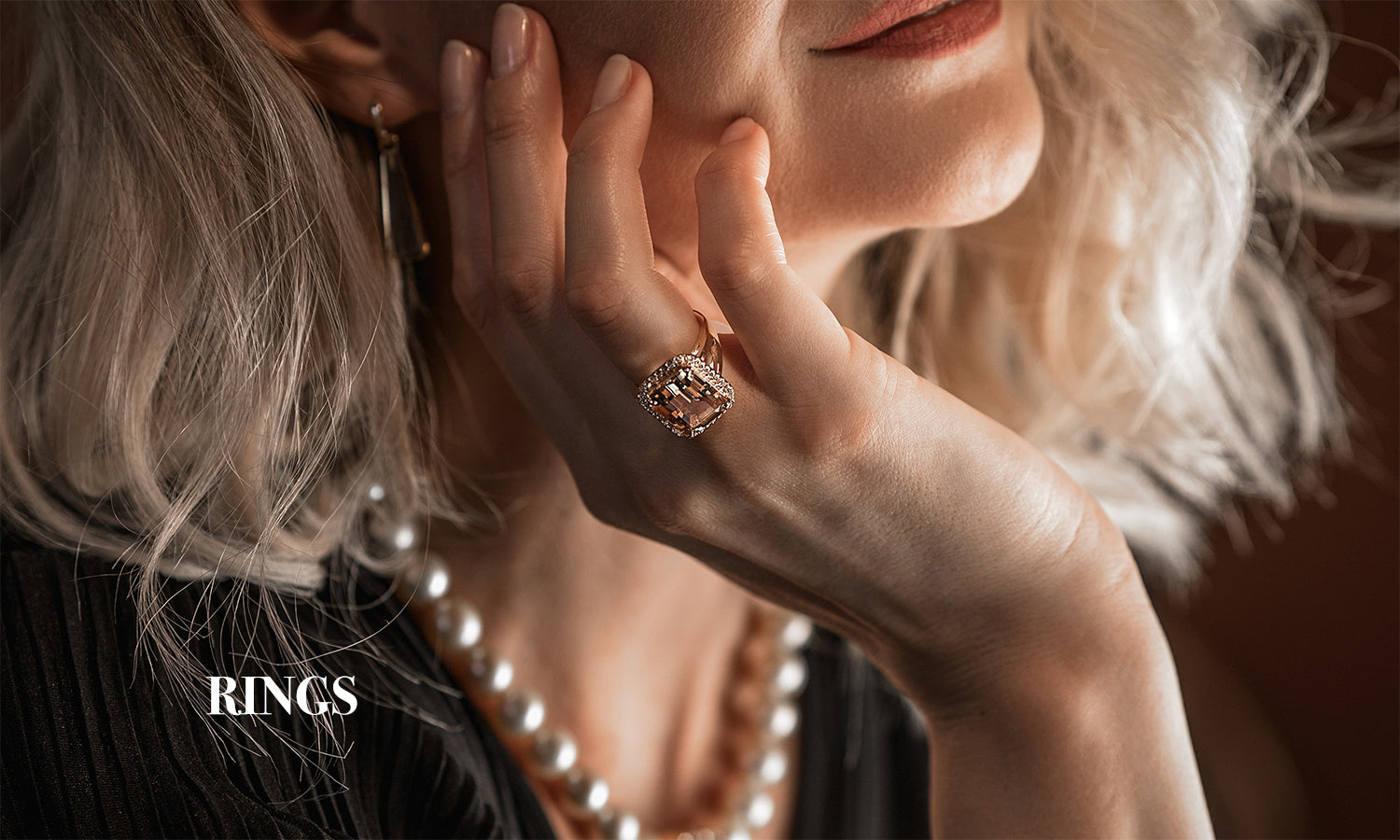
How did the discovery of gold and silver change how people interacted with jewelry?
Share
We all know that we need to give our old jewelry away. While it's a good thing to donate and support people in need, you may be wondering why your possessions are so hard to part with them. Before the discovery of gold and silver, it turns out they were just seen as decoration. Once people developed a better understanding of metals and their value, they began wearing them as symbols of wealth.
The key takeaway is that to understand how something has changed over time, and you have to know how it used to be.
So, why did people in the ancient world start wearing jewelry? We have to take a trip back to 300 BCE. Things were very different back then. Of course, there aren't any photographs, but most historical pieces are statues and coins. We've had coins for thousands of years now, and they haven't changed much in that time--they've just stamped metal disks with images of gods and leaders on them. Statues don't give us a good description either because they don't tell us what we want to know--they mostly show the face or body of a person.

So, what do we know about the faces of people? We have statues and coins, but those don't tell us anything about ordinary people. Most of our knowledge comes from writing that more well-to-do people left behind. Their writing tells us about fashion and standard practices. For example, it talks about how there was a custom to dress women in heavy robes with veils covering their faces in many parts of the world. This way, they were modest and safe from being looked at by strangers or spoken to by strange men.
It is also clear that people in the ancient world wore jewelry because they believed it was a form of adornment. In other words, people wore jewelry because they thought it was fun and attractive. At first, they probably wore it as a symbol of wealth because many people at this time still lived in poverty. If you were poor, you couldn't afford to give up valuable goods like gold or silver to others. In addition, our current knowledge of how metals were used tells us that those things could be used to make clothing ornaments and decorate homes.
But once we have this idea about the ancient world, we can start asking questions about what happened in history.
As we move forward in history, people start wearing more and more jewelry. Eventually, we get to the era where most images from paintings and photos show women with a lot of jewelry. Of course, this is very popular in the advertising world today, but we'll talk about that in another article.
Instead of just looking at how much jewelry people wear today, let's look at how the kind of jewelry changes over time. Up until around 2000 years ago, there wasn't much use for goldsmiths in the ancient world. That's because people didn't wear gold or silver yet--they were mostly too expensive or too rare to be used freely as ornaments.
But then, we started to find vast amounts of gold and silver. This was first discovered in the New World (the Americas) but later in other places worldwide. You can learn a lot about history by asking questions about this discovery and how it changed people's viewpoints of jewelry.
To know more about this specific change, we want to talk about what people made from these metals before it was found.

Think back to how people used gold and silver before it was very popular as an ornament for clothing or decorating houses/buildings.
They were precious to people, but they were also very rare. That means a few of the wealthiest people in these places (and those in other areas which could afford to buy more expensive things) had vast amounts of these things. After this discovery, some wealthy people began shedding their wealth and giving away their expensive jewelry pieces. This is also called hoarding because particular objects can be valuable and not worth as much as the money you're willing to part with them.
After about 1250 years ago, it became famous for wealthy people to bring gold or silver wherever they went. They began wearing it regularly instead of just keeping it for decorative value. The pieces of jewelry became so popular that they started to be copied by poor people, not just because they had access to this new material but because they also wanted to look like wealthy people. When poor people wear the same clothing and adornments as wealthy ones, it expresses who is better off. But that doesn't make them more important or valuable--it just shows that their culture values wealth and status.

So, after people no longer spend all their wealth on gold and silver, we see a change in jewelry used only for adornment. Now, instead of wearing it as a symbol of wealth and prestige, people wear it because they think it's pretty.
The lesson learned here is that when something doesn't change much over time, we can use artifacts to understand what was happening in society before and during the period. In this case, we can use jewelry to tell us a little about how rich people used to live, and now we're back to wearing them because they're pretty.




